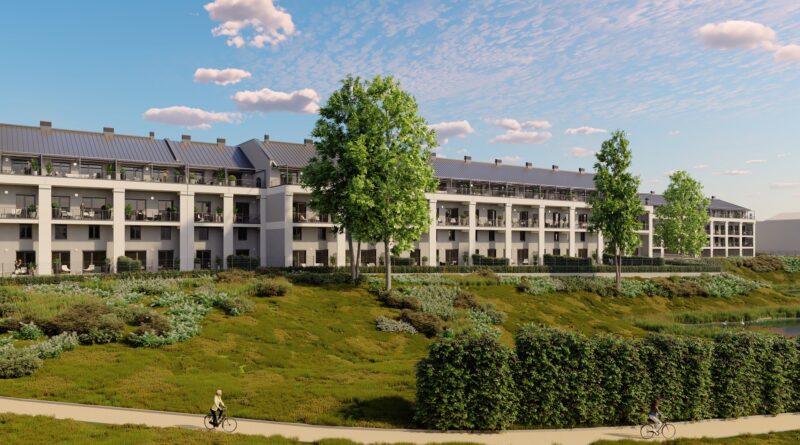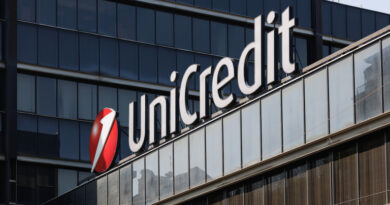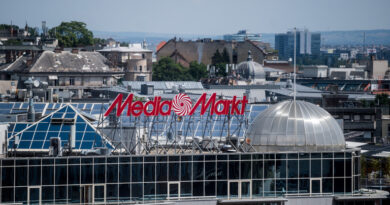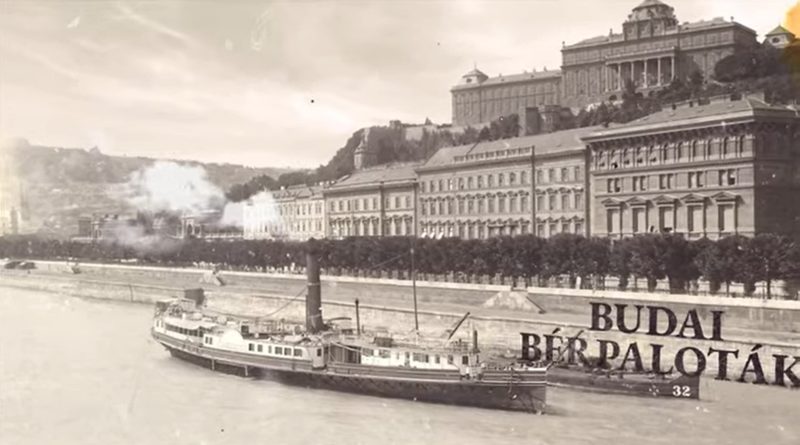Lack of “Safe Havens” pushing money into prime real estate in CEE
Overall property investment volumes in Central and Eastern Europe (CEE) amounted to €8.0 billion by the end of September 2011. This is twice as high when compared to the same period last year, with September marking the strongest results for 2011 to date, according to the latest data from CBRE.
Following the continuous domination of Polish and Russian transactions in recent quarters, the Czech Republic has been the most active country in terms of investment volume in the third quarter (Q3) of 2011. The reasons for this include some large transactions closing in the Czech Republic as well as the hardening of prime yields in Poland and especially in Russia. Deal volumes in markets beyond these markets remain low.
Jos Tromp, Head of CEE Research & Consultancy, CBRE, commented: “The risk of inflation and limited alternative investment opportunities have increased the available money for investment into real estate, with prime Central European real estate particularly sought after. Asset classes high on investors’ wish lists include prime office products – located in Warsaw, Prague and Moscow, together with prime retail – being mainly large shopping centres with stabilized income streams located in capital or regional cities with a minimum population size of 250,000. Additionally, logistics schemes with long secure leases, potentially through a sale and leaseback, are of high interest. Beyond these categories, most market segments have remained illiquid.”
Patrick O’Gorman, Director of CEE Capital Markets, CBRE, added: “Despite some strong local interest in markets such as the Czech Republic and Russia, around two thirds of investment volume in CEE thus far in 2011 is the result of cross-border investment activity. Two trends are clear from the data. On the one hand investors well known to the region are once again becoming more active; Austrian investors are for example, becoming increasingly active. On the other hand, more opportunistic investors are trying to benefit from healthy market situations in Poland and the Czech Republic in segments of the market where they believe income and capital value growth will be apparent over the next few years. These value-add or opportunistic investors mainly originate from the UK and the US. UK investors have seen their total market activity (measured in deal volume closed) increasing by 80% compared to the whole of 2010. Even more remarkable is the increase of US investor allocations into CEE. With a total of over €1.2 billion, US investors have reached the second highest level of activity ever recorded in CEE, just below peak levels achieved in 2006.” Gábor Borbély, Head of Research & Consultancy at CBRE Budapest concluded: „Although so far activity remained modest on the Hungarian market, investors’ interest has risen and we hope to see it reflected in the year end or early next year transaction statistics.”
































